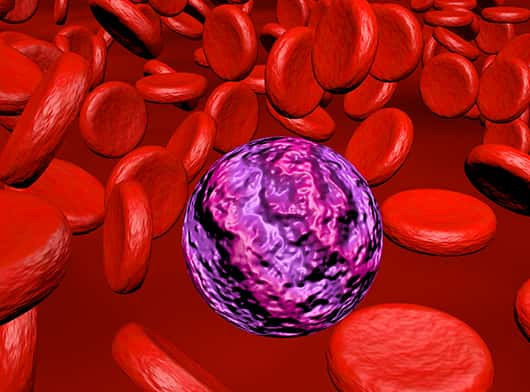Follow-up exams and tests include careful physical exams and lab tests, and sometimes might include imaging tests. The schedule for these check-ups will depend on the type and subtype of leukaemia, the treatment given, and other factors.
Some children and caregivers may have emotional or psychological issues that need to be addressed during and after treatment. Depending on their age, they may also have some problems with normal functioning and school work. These types of issues can often be helped with support and encouragement.
The symptoms of AML usually develop over a few weeks and worsen over time.
Most children with leukaemia have no known risk factors, so there is no sure way to prevent these leukaemias from developing.
One of the main things that differentiating AML from the other main forms of leukaemia is that it has eight different subtypes, based on the cell from which leukaemia developed.
AML and ALL are the two main types of acute leukaemia. The difference between them is the type of white blood cell affected. Acute myeloid leukaemia (AML) – Develops from myeloid cells. Acute Lymphoblastic Leukemia (ALL) – Develops from different kinds of lymphocytes.


